|
Just like humans, it has been proven that animals can benefit from massage therapy. Not only can it effectively be used for animals like dogs and horses who partake in sporting events, both before and after the events, it can help animals throughout all stages of their lives.
However, it is imperative that animals are massaged by professionals. Working knowledge of the digestive, cardiovascular, muscular and nervous systems are vital and as animals are more sensitive to humans, all massage therapy courses need to be carried out by a trained specialist who is able to create a bespoke treatment for that individual animal. In this article, we discuss further what the benefits of animal massage are and why it is important it is carried out by a professional. Introduction to Animal massageThere has been evidence of human massage since 200BC in places such as China and Ancient Egypt. Different massage techniques for soft tissue became more mainstream in the early 19th century in Sweden. Over time, it is proven that massage could help people relax, reduce stress, heal injuries, and relieve pain. Once these benefits in humans were established, massage was explored as a treatment option for animals as well - realising that it could be a valuable form of rehabilitation. A combination of massage and stretching techniques can be used to help animals to perform to their full potential if they race or perform, as well as make the animal more comfortable and improve their overall mobility. What are the benefits of animal massage?The benefits of animal massage are similar to those for humans and include the following:
Equine Massage Another animal group that can benefit from animal therapy are horses. Manipulating soft body tissues, muscles and ligaments in horses is a great way to enhance well being. Horses are competitive and hard working animals and therefore are susceptible to a range of painful conditions which can benefit from massage. For many horses, massage is used regularly alongside prescribed exercises and stretches in order to achieve the best long term results. Why it is important for animal massage to be carried out by a professional As we mentioned before, a thorough knowledge of the different systems (muscular, nervous, respiratory etc.) is vital to provide animal massages that are suitable for that particular animal. Each animal is different and some may not have a tolerance for strong scents, extreme hear or particular ointments used in the treatment, especially compared to the tolerance of humans. It is also important to note that as the animal patients are not able to speak in response of whether the pressure is ok and what the specific issues are, the professional will need to be able use extensive gait analysis, analyse how the animals are standing and observing their movements. Each species of animal will have their own correct movements and it can even vary from breed to breed. For example dogs have a fast, short stride when walking and then extend their entire body when they run in order to cover more ground at a quicker rate. However horses act differently. For example, horses tend to get up using their front legs first and understanding the typical behaviour of different species means the professional can quickly spot the issue areas that massage will need to concentrate on. Whilst there are a myriad of benefits of animal massage, there are some risks that can occur and is a major reason why a veterinary professional specialising in animal massage should undertake the treatment. For example, some animals may be experiencing low blood pressure and massages can lower this further to be point that the animal could be at risk. Animals who are suffering from certain infections or conditions such as ringworm, open wounds or cancer should also avoid massages. Combining massage with other treatmentsAnother reason why it is important that animal massage is carried out by a professional is because massage therapy can work well when used alongside other forms of treatment, such as pain relief and medication. Having a professional administering both forms of treatment can be beneficial and ensures they understand the needs of the patient and are with them throughout the treatment journey. The massage therapist is responsible for locating the pain but also referring to previous treatments and any surgery that has been undertaken in order to measure the success of the treatment. Having someone who is professionally trained, makes this task easier. Getting started with animal massage Whilst massage is now an established and popular form of treatment for animals, it is still important that owners consult their veterinary professional before starting the treatment. Not only will they be able to ensure the animal does not have an underlying condition that could be aggravated by massage. They will also be in the best position to recommend someone who specialises in that field and have the correct accreditations, qualifications and insurance - providing owners peace of mind that their animal is being treated by the best.
0 Comments
Laminitis is a condition that affects the feet of horses and donkeys. This can be an extremely painful condition for an animal to endure and is considered a medical emergency. This is why equine owners need to understand the causes, symptoms, and treatment options available. We will be explaining all of this in more detail in our guide to laminitis.
What is laminitis? Let’s start by explaining exactly what the condition is. Laminitis occurs when the laminae - the underlying sensitive inner layer of the hoof wall - starts to become inflamed. The laminae connect the hoof wall to the pedal bone in the hoof and this inflammation results in the breakdown of the pedal bone. This bone is the main bone in the hoof and therefore extremely important. The laminae’s purpose is to support the weight of the pedal bone and therefore the weight of the animal. Therefore, in some cases, the sinking can be so extreme, that the pedal bone can come out of the bottom of the hoof. What are the signs of laminitis? Due to the severity of the condition, it is important for owners to understand the signs of the condition, so that they can contact their equine veterinarian as soon as the first signs are spotted. Signs of laminitis include the following:
There are several known causes of the condition which are:
If any of the symptoms we discussed earlier are spotted, the owner must get in touch with their vet immediately. The vet will use the symptoms as well as a study of the horse’s medical history to help determine whether laminitis is present. Radiographs can also be used to assess how much the pedal bone has rotated and sunk to determine the severity of the condition. What is the treatment for laminitis? Several forms of treatment may be prescribed by the vet. These include:
Can laminitis be prevented? The chance of laminitis can be reduced by doing the following:
Gait analysis is an important tool used by veterinarians, farriers, and other equine professionals in order to quantify the horse’s movement and spot any asymmetries which could cause problems affecting performance or increased risk of injury later down the line. This article highlights in more detail the importance of equine gait analysis.
Why is equine gait analysis important? The horse’s movements can be quantified and analysed through the use of small sensors (IMUs- inertial measurement units). This enables people to successfully identify and monitor movement asymmetries - even small ones that wouldn't normally be visible or detectable by the human eye. Whilst horses are generally asymmetric, it is vital that the movement asymmetries are understood to spot any unusual movement asymmetries which could be problematic. It is key to carry out gait analysis on a regular basis as this means a baseline can be established specifically for that horse. All future analysis can then be compared to this baseline, meaning any abnormal results can be spotted much quicker and responded to accordingly. Once small abnormalities are noticed, a lameness exam can be carried out and a new training regime created so that a small injury has less risk of becoming something more severe. Equine gait analysis has come a long way in recent years and continues to be developed and become more accurate. Being able to measure movement patterns in such a detailed way has led to more accurate rehabilitation training programmes, more success in preventing injuries from becoming more severe, and helps to maintain equine welfare overall. Who can benefit from gait analysis? Equine Therapists Veterinary physiotherapists, chiropractors, masseurs, and osteopaths are just some of the equine therapists that benefit from gait analysis. As they treat muscoskeletal issues that affect a horse's performance, they now can see past what they can literally see with their own eyes. Whilst many issues can be identified without gait analysis, it helps uncover less obvious issues. They can see in slow motion the horse’s movement and make note of any potential abnormalities. This allows any problems to be addressed early on can be immediately addressed. Veterinarians Gait analysis is a great tool for vets to use in addition to their regular arsenal. Together with x-rays and other scans, gait analysis can help reduce the time it takes to spot problems and also reduce the cost which they can pass on to the horse’s owners. Farriers Farriers are directly involved in maintaining and enhancing the movements of horses. Having the ability to analyses a horse’s hoof movement slowly means a complete assessment of hoof balance can be carried out. Again, any issues can be identified and amended. Horse Trainers Early identification of potential problems can mean training plans can be adapted straight away and hopefully risk of injury or long-term problems can be reduced significantly. This is invaluable for trainers or all horses. Whether the horse is being trained for racing, jumping, polo or dressage, this is universally beneficial and could avoid costly injuries and recovery. Riding Instructors Video gait analysis is the perfect tool for riding instructors to share the importance of gait with their students. It can highlight to them how the influence of their position when they are rising can impact the horse over time. The video footage can show how the rider’s position can impact the horse and the visualisation can be an extremely useful and effective learning tool. Horse Selection Race horses are of course a large investment and buyers need to ensure they are purchasing a horse that is suitable for racing. Gait analysis can help spot any risk of injury that could impact the buying decision. Where does gait analysis take place? Due to the cost and availability of the equipment, it was only possible to undertake gait analysis in veterinary research institutions. This, of course, limited the number of people who had access to this equipment and therefore restricted the number of horses that could benefit from this analysis. Fortunately, recent technological advances mean that gait analysis is now possible to be done in the field, outside of research labs, opening up this important tool to the wider equine world. Advantages and practical uses of gait analysis
Osteochondritis (OCD) is, unfortunately, a substantial problem in equine patients and can be a cause of lameness, especially in sport horses. Whilst the condition occurs worldwide, it is commonly seen in young horses who are rapidly growing. In this guide to Osteochondritis in horses, we will go into more depth about what the condition is and potential forms of treatments.
What is OCD? OCD is a common disease that affects domesticated horses, particularly young horses, and involves lesions in the cartilage or bone fragments in the horse’s joints. The condition arises when the lesion gets to the point that it separates itself from the underlying bone. OCD is an example of a JOCC (juvenile osteochondral condition) due to the fact that it affects younger horses and is a disease that affects joints or growth plates in horses that haven't fully developed. It then falls into a broader category of Developmental orthopedic disease (DOD). This term was coined in 1986 and encompasses all orthopedic disorders that are related to development, not just in joints. When bones grow, they solidify in a process called endochondral ossification. As the bones grow, they lengthen and epiphyseal cartilage builds up where the bones meet, forming joints. Over time, this cartilage starts to turn to bone with only a thin layer of cartilage remaining. Problems arise when this ossification process doesn’t go as planned. This is usually because epiphyseal cartilage needs blood flow to help the growth and when it does not get the blood flow it requires. Whilst OCD can occur in any joint, there are certain places that seem to be more susceptible to lesions from research studies. These include the hind fetlock, front fetlock, and hock. What causes OCD? Extensive research has been undertaken by veterinary professionals from around the world, and studies continue to take place to understand the connection between the severity or likeliness of OCD occurring in certain breeds, horses with particular genetics, or those horses that live in certain environments. Whilst there is no one cause, there are many suggested causes of DOD (including OCD) including an imbalance of nutrients. Either lacking in certain nutrients like copper or selenium or an excess of nutrients like zinc or manganese. OCD is often caused due to growth spurts which again can happen for many reasons. High protein diets can lead to high growth rates in foals or due to certain illnesses or hormonal imbalances. What treatments are available for OCD? In some rare cases, OCD has been shown to heal itself within a few months. However, this is not a guarantee and permanent problems can be caused by the condition. There are a couple of main treatments available for OCD. One is the medication route where polysulphated glycosaminoglycans or hyaluronic acid injects in the affected joint. This is then teamed up with box rest and a change in diet to ensure the horse is getting the correct levels of nutrients. The second main treatment option is the surgery route which involves having the cartilage and bone fragments removed from the joint and flushing out the chemicals that are causing the inflammation in the joint. The best form of treatment depends on the horse and the severity of the condition. It also depends on the requirements of the horse. E.g are they a racehorse? What happens if OCD is left untreated? Whilst we have mentioned that in some milder cases, the condition can heal itself, this is not often the case with more complex or severe cases. Chemicals that cause inflammation in the joint can result in permanent damage over time. Whilst surgery may not need to be an option in a lot of cases, if the condition is severe, surgery may be the only viable route. Many things impact the treatment and prognosis of OCD including the size of the lesions, the number of lesions, and location. This is why it is important that if any symptoms of joint problems are recognised, the horse is taken to an equine veterinarian to explore further and decide which course of treatment is best. OCD can manifest itself differently in each joint. As horses are individuals, they can all experience the disease to varying degrees. The severity, progression, and overall outcome of OCD depends on the individual equine patient. This is why a scoring system was created to measure the severity of OCD. Lesions can be given a score index of 0,1,2,4 or 8 to help determine the severity. It also helps show how the lesion has changed over time which can help with more accurate treatment recommendations and prognosis. Can OCD be prevented? There are some things horse owners can put in place to reduce the risk of OCD occurring. Ensuring their horse is receiving a balanced diet to suit them is a great place to start. It is also important to ensure the horse gets the correct amount of exercise and that the growth rate of the horse is monitored closely. Rapid growth spurts need to be avoided as this can increase the probability of OCD. OCD is just one of many conditions young horses can, unfortunately, suffer from. However, by being aware of the issue, knowing what the symptoms are, understanding what can be put in place to reduce the risk of OCD, plus the treatment options if the condition arises, horse owners can be prepared. Veterinary Physiotherapists are able to assess and subsequently treat animals that have musculoskeletal and neurological conditions. NAVP (National Association of Veterinary Physiotherapists) was formed back in 1985 to promote the professional practice of veterinary physiotherapy. Working alongside pet owners but also vets. We aim to ensure the highest standards of veterinary physiotherapy care and will be delivered by linking a strong foundation of scientific knowledge with clinical practice and continued research. Here, we discuss the benefits to vets of working as a NAVP member.
Qualification All NAVP members either hold a BSc or PgD/ MSc Veterinary Physiotherapy degree. This can reassure vets that all NAVP members are highly qualified and specialised in this field of study. Skills and Knowledge Veterinary Physiotherapy degrees cover both equine and canine species. In some cases, they will also work on bovine, allowing them to work on farm animals. With theory and practical exams that are robust, a final exam has to be passed before any qualification is given. All exams and assignments also have to be passed before a degree is awarded, which is no mean feat. Scientific knowledge Scientific knowledge and evidence-based knowledge are combined by NAVP in order to come to an accurate diagnosis and create a bespoke treatment plan. Professionalism All NAVP members are part of a professional association and as such have a specific code of conduct, the scope of practice, CPD and complaints procedure. Teamwork NAVP members work as part of a multi-disciplinary team with the vet as the primary healthcare professional Enthusiasm A lot of NAVP members are self-employed and as a result, have a strong drive and enthusiasm in how they approach business. This is a great quality when working closely with veterinary surgeons. They must be flexible and practical, adapting to new situations and scenarios. Patience Patience is also a key quality in veterinary physiotherapists that vets can benefit from. NAVP members are required to be observant, persistent, and analytical in their work. They have a genuine interest in the animals they work with and have the animals' welfare at the forefront of their work. Flexibility NAVP members are typically flexible due to the nature of their work. Some will offer weekend appointments or are on call for emergency cases. Benefits when using a NAVP member
There are many benefits for veterinary surgeons to working with a NAVP. The combined knowledge can help create an accurate diagnosis and perfect treatment plan to help improve the chances of the animal's recovery. If you are a veterinary surgeon that wants to work with a qualified veterinary physiotherapist, in particular a NAVP member, then please get in touch and discover a NAVP member local to you. Having a dog with arthritic conditions can be upsetting and challenging for owners. Whilst it is important to receive specific advice from your veterinary physiotherapist, especially when it comes to exercise treatments, dietary plans and any medicinal treatments or surgical plans, there are some ways you can help a dog with arthritis at home.
Turn on the TV or radio when you are not home This is a simple thing to do but can be beneficial to dogs that have severe mobility issues. Turning on the TV or radio to something peaceful can help drown out other noises such as children playing upstairs, or post getting delivered, which can cause your dog to automatically spring into action and potentially injure themselves. The last thing you want is for them to accidentally cause damage or injury to themselves or be in pain, especially when they are alone or unsupervised. Incorporate certain foods into their diets Oily fish and sweet potato are just two foods that are sometimes recommended for dogs with arthritis. Studies have shown that oily fish such as salmon, sardines or mackerel can decrease inflammation that is associated with arthritis in dogs. Make sure you choose plain fish as opposed to those based in a tomato or spicy sauce as these can be harmful or toxic to dogs. Sweet potato is a food that many dogs find easy to digest and can help provide them with a beta carotene boost which has also been proven to reduce arthritic inflammation. Again, serve this plain as opposed to in butter or milk. Whilst these foods can be good for your dog, it is imperative that you discuss with your vet before you introduce any new foods into your dog’s diet. They will be able to confirm whether this is a good idea or not, as well as let you know what portions and frequency you should be feeding them. Go for walks for some relief Whilst a dog with severe arthritis will naturally be more sedentary, it is important to continue to walk them every day, even if it is not the same pace or distance they used to do. Try to keep your dog moving constantly throughout the walk and try to aim for 20 minutes per day (ideally two 20-minute walks per day). Try and avoid your dog stopping to sniff all the time as stopping and starting is something you don’t want to happen. Start with five minutes of slow walking to help your dog build its pace. Spend 10 minutes walking quicker, then use the final five minutes as a cool down where you reduce the speed back down. Avoid mobility commands where possible Whilst you will sometimes still have to use mobility commands, try to avoid them where possible. Using commands to get them to “sit” or “lay down” in exchange for a treat can potentially make them uncomfortable or cause them pain. Instead, you can exchange treats for a kiss or hug, or hide them around the home in places where your dog won't have to exert themselves to reach. Dog Massage Massage therapy is a common method for coping with arthritis and, whilst it is advised to go to a specialist for a more intense massage, there are some easy to learn techniques that you can apply at home. Massage can help get your dog’s blood flowing to the arthritic areas and can help to temporarily reduce the pain and stiffness, sometimes for several hours. Apply a heat pad Massage therapy can be used in conjunction with heat therapy. Apply a dog friendly heat pad onto your dog’s arthritic areas. Make sure you supervise your dog whilst the heating pad is on them and don’t leave them unattended with the heat pad on. Keep your dog's nails trimmed If your dog has nails that are too long, they can annoy them and cause them to walk differently which can lead to them distributing their weight in a way that aggravates their arthritis. This is commonly done by a groomer or a veterinarian, but you can also do this at home yourself with a pair of pet-safe nail clippers. Consider their dog bed carefully Dogs that suffer from arthritis ideally need something to cushion the joints that are hurting them most. With this in mind, you may want to consider investing in more than one dog bed and having them located in the rooms where the family spends the most time. This means your dog can comfortably spend time with its family. This is also great for houses that have hardwood floors which don’t provide any support or comfort. You can also purchase specific orthopedic dog beds. Whilst all your dog beds don’t need to be orthopedic, you may want to invest in one for their main bed as they can make a big difference to the dog’s stiffness and overall mobility. Make sure you do sufficient research before buying to ensure you are purchasing one that best suits your dog's needs. Buy rugs if you have hardwood flooring If you have hardwood flooring, then make sure you have areas with rugs on the floor to help provide your dog with some much needed cushioning. Use rug grips or specific carpet tape to make sure the rugs are secure as it will help to stop your dog from tripping on them or sliding. Consider indoor pee solutions Many dogs that suffer from arthritis end up having bladder issues. It can be difficult for them to keep going outside to go to the toilet, so you may want to consider some indoor alternatives. Pee blankets or pee turf can both be purchased for this purpose and may be something you want to do additional research into. Use gates We thoroughly believe that prevention is the best cure, and one way to prevent your dog from injuring themselves further is to install gates around your home, particularly on the stairs. Having a gate installed will prevent your dog from needlessly climbing the stairs or jumping on the sofa and putting additional, unnecessary strain on the arthritic area. You can also install them throughout the home if there are certain rooms you don’t want your dog to enter. It can be an effective way to reduce the risk of further injuries or damage. Use pet steps or a ramp You can purchase a small set of steps or a ramp that is specifically designed for dogs with mobility issues and can be used to help them to get in and out of the car, on and off the bed or sofa, or up any big steps. You can purchase foldable steps which are practical as they don’t take up much space. Medicines and supplements There are many medicines and supplements that can be taken in order to help your dog’s arthritis and, whilst these will be administered at home, we are not going to go into detail in this article about which medicines are available. You should discuss any medications with your vet and veterinary therapist as each patient is unique and will therefore need a unique treatment plan to suit. Whilst these in isolation may not help you see the desired results, combining them along with the medical advice given by your veterinary physiotherapist can ensure your dog is as comfortable as possible at home. Dorsal Spinous Process Impingement (DSPI), also referred to as Kissing Spine Syndrome, is a condition that is unfortunately common in the equine world. It involves the horse’s vertebrae rubbing together, causing a lot of pain, swelling, and discomfort. Here, we are providing a more detailed overview of Kissing Spine Syndrome in horses.
What are the symptoms of Kissing Spines? Kissing Spine Syndrome is often a cause of poor performance or abnormality in a horse’s gait. Unfortunately, the condition is often not detected until a significant impact on performance is spotted which is not ideal when trying to treat the condition and there is still a lot left to learn about the condition. The condition can affect any horse whether it competes at a high level or is a general all-rounder. It can also be seen in ponies. Kissing spines can be caused by direct trauma to the back – such as rearing over backwards or a heavy fall onto one side. Poor saddle fit, foot pain and poor rider ability can all lead to a compromised posture which in turn may cause inflammation and pain in the back. Importantly there are often other problems going on which begin to cause the poor spinal posture which leads to Kissing Spines ie. hindlimb and pelvic issues or cervical muscle and joint pain. Kissing spines is rarely a stand-alone condition and your vet and veterinary physiotherapist will take a thorough case history and detailed assessment in order to tailor any rehabilitation programme to the individual horses needs. In addition to gait issues and an overall decline in performance, kissing spines can be accompanied by some of the following symptoms:
Diagnosis Once these symptoms have been identified, further examinations and observations will have to take place to receive an accurate diagnosis. There have been recent advances in this area that allows imaging procedures like ultrasounds and radiographs to allow strong visualisation of the bone structure and can help identify lesions that previously were difficult or impossible to see. Nuclear scintigraphy (bone scans) and a thorough manual assessment can also be used to reveal the extent of the damage caused by this condition to the soft tissues. Different Grades There are different grades of severity when it comes to kissing spine syndrome which can usually be identified through radiographs.
As with most conditions, there is not a one size fits all option when it comes to the treatment of kissing spine syndrome. It is important for horse owners to understand that the condition is not felt equally among all horses. Some horses with lesions may suffer from extreme pain which can severely impact their performance, whilst other horses may be able to tolerate the lesions and you may not see much difference in their performance or ability. Each horse is different, and the approach to treatment will also be different depending on the nature of the horse as well as the grade and severity of the lesions. Corticosteroid injections are sometimes administered around the lesions. This is often combined with a course of physiotherapy as well as periods of rest. After the rehabilitation period, the horse will be reassessed to see how its performance is. Acupuncture, mesotherapy, physiotherapy, and shockwave therapy have also been used and, in some cases, been proven to be successful treatments for the condition. Surgery For many horses, the best treatment option is surgery. The procedure usually involves an incision at the top of the spinal processes and a couple of inches of bone is removed. The space left after the bone removal will be filled with fibrous tissue over time. It is important to note that the surgery route and success will depend on the rehabilitation and recovery programme put in place, tailored to that horse. If you notice that your horse appears to be in pain, or has a violent response to saddling, brushing, or mounting, or if your horse seems to be struggling with exercises or movement, it is important you contact an equine specialist. Whilst the condition may be due to something else, the most common cause of back pain in horses is kissing spine syndrome and, if your horse does indeed have it, your equine vet and veterinary physiotherapist will be able to assess the severity of the condition and will be able to put a comprehensive treatment plan in place. Osteoarthritis (OA) is the most common form of arthritis found in dogs and is unfortunately extremely common. OA is a chronic joint disease that involves the loss of joint cartilage or new bone formation around the joint (also known as osteophytosis). This condition can be extremely debilitating for the dog and can be a painful condition which in some severe cases leads to limb disfunction. In this article, we give an overview of Canine Osteoarthritis. We explain in more detail what it is, what are the symptoms, and what treatments are available. What is Canine Osteoarthritis?
OA is commonly a secondary condition that is in part caused by another condition such as cranial cruciate ligament disease, hip dysplasia, or elbow dysplasia to name just a few. However, it is not always the case that OA is a result of another condition. In some cases, there is no obvious cause of OA apart from being the result of genetics, age, or other contributing factors such as the weight of the dog, the gender, the breed, the amount of exercise they get as well as their diet. What are the signs and symptoms? As it is such a common condition, dog owners want to understand the signs of symptoms of OA so that they can recognise the condition as early as possible. The main symptoms can include:
How is OA diagnosed? Several factors contribute towards the official diagnosis of Canine OA. It is usually based on a combination of the dog’s history in addition to a physical examination. The physical examination will be an opportunity to look at how the dog’s joints are affected. They will be looked at to see if the dog is showing any signs of pain in response to the joint movement. CT and MRI scans are commonly used as a diagnostic tool. MRIs can provide information about the structure of soft tissue such as the ligaments whilst CT scans are good for assessing any changes to the bone structure of the joints. This information is vital in understanding the problem areas. Xray's can also be recommended to see which joints are affected and to what degree and help rule out any other conditions that it could be that cause similar symptoms. What treatment is available for OA? Whilst there is no cure for Canine osteoarthritis, there are several different approaches available when it comes to treating and coping with the symptoms of OA. This depends on the dog in question as to which method will potentially be most effective. Weight management Controlling with the weight of the dog is a vital part of the treatment. As we discussed earlier in the article, some OA is a direct cause of the dog being overweight. The increased weight is added increased pressure and strain on the joints which can lead to them being in severe pain. Even if their weight wasn’t the cause of the problem, owners need to ensure their dog stays at a healthy weight to try and not make the pain any worse. Ideally, owners should be able to feel their dog’s ribs but not see them and from a bird’s eye view, their dog’s figure should be an hourglass figure. Rehabilitation Several forms of rehabilitation can be used solo or in combination, to improve joint mobility and increase muscle mass. This includes hydrotherapy (swimming or the use of an underwater treadmill), acupuncture, or laser therapy. Activity modification The type of exercise the dog is used to undertaking may need to be amended to stop their condition from worsening. If they are used to doing high-impact activities such as jumping or running, these may have to be limited as they can lead to inflammation of the joints and lead to a lot of pain. Instead of these intense exercises, low impact exercises that are more controlled such as lead walks can help build up muscle strength and stability. Pain medication and supplements NSAIDs- Non-steroidal anti-inflammatory drugs such as meloxicam, ketoprofen, etc are most commonly used when it comes to pain control of OA. Supplements may also be recommended by the veterinarian, depending on the patient. Omega 3 fatty acids or glucosamine sulfate are two common types that are often prescribed and may help alleviate OA pain in the joints. The role of supplements is to improve the function of the joints, reduce inflammation and help slow the progression of the joint damage over time. These medications not only promote healing, they can help increase water retention in the cartilage, which can help provide the joint with more cushioning. Surgery In some extreme cases, surgery may be the best treatment option. The surgery needed can vary from treatment for ligament rupture, or total joint replacement surgery which most commonly involves the hips or elbows for canine patients. Aftercare No matter what method of treatment is used, there will inevitably be a level of aftercare that owners need to be prepared for. OA is a progressive disease, so the main focus of the treatment methods above is to help the dog live comfortably for many years to come. These treatments will not make the condition disappear, but when administered correctly and treatment plans strictly adhered to, the treatments can be extremely effective at slowing down the speed at which OA progresses over time. Whilst canine Osteoarthritis is a common problem in dogs, it is never a pleasant condition to wish on any dog due to its painful and progressive nature. Whilst it is a painful condition, it is one that can be managed. If your dog is showing any of the symptoms described, it is important to consult a veterinarian as soon as possible. They will be able to diagnose the condition and work together with the owner and veterinarian physiotherapists to formulate the best possible care plan. Dogs are notorious for being reluctant to show pain. This natural instinct can make it incredibly frustrating for dog owners as they may not be aware of how much pain their dog is in or that they are in any pain at all. However, if you study your dog’s body language carefully, over time you will be able to identify subtle signs of pain which will make it easier to manage, treat and hopefully prevent it in the future. In this article, we will discuss how owners can learn more about whether their dog is in pain as well as some canine pain management strategies to hopefully help relieve your dog’s discomfort. How do dogs feel painDue to their survival instinct to try not to show pain, it used to be believed that dogs did not experience pain in the same way humans did. However, in recent years, veterinarians have made huge improvements in the understanding of how dogs feel pain. Studies have shown that although dogs do not show pain as easily, they actually have similar nervous systems to humans and this knowledge has allowed us to implement new canine pain management strategies. Pain is defined as a “highly unpleasant physical sensation caused by illness or injury” and varies significantly depending on the specific injury, condition as well as the individual. As pain is very subjective, it can be difficult to measure, especially as dogs instinctively hide their pain to prevent being seen as weak and vulnerable by predators. Whilst it is challenging to know when a dog is in pain, there are some signs that owners can look for. Common signs of pain in dogs can be:
Spotting the signs is crucial for canine pain management. Whilst these can all be signs of pain, it is important to note that they are not exclusive to dogs experiencing pain. There can be other reasons why they are showing these symptoms. Canine pain management strategies Once it has been established that a dog is in pain, they will need to have a pain management strategy in place. If your dog is undergoing any surgery or dental procedure, feel free to ask what pain management your vet is using as the options are varied.
Medication In general, medication of some form will be given to the dog before, during, and after any surgery to help with pain relief. Many types of drugs can be used to prevent or reduce canine pain and your vet will choose the appropriate drugs based specifically on your dog’s needs and condition. NSAIDs (Non-steroidal anti-inflammatory drugs) This type of drug is used to treat mild to moderate pain and discomfort and work by interfering with the production of inflammatory molecules that trigger swelling and pain. These drugs are powerful and therefore must be used with caution as they can have potential side effects on organs such as the liver, kidneys, and stomach. Opoids Opioids are often used in more severe cases of pain, for example, if a dog is suffering from severe arthritis or cancer. This group of medications includes morphine, codeine, and hydromorphone and are used on selective cases only to try and reduce discomfort and maintain a good quality of life for a dog that suffers from chronic pain. Therapeutic Exercise Depending on the cause of the pain, one pain management strategy could be therapeutic exercises or treatments. For example, dogs with osteoarthritis or similar conditions may benefit greatly from treatments such as laser therapy or hydrotherapy. Establishing a course of treatment is something your veterinary physiotherapist will be able to create as dogs can experience the best benefits when this treatment and exercises are sustained. Acupuncture and massage can also be used to offer pain relief, however, this tends to only provide short-term relief. Weight Management Whilst it can be a challenge for owners to reduce their dog’s weight, studies have shown that lameness can be decreased when dogs lose weight. It is important to note that this method of pain management truly depends on what condition the dog is suffering from. For example, a dog with osteoarthritis may benefit from this method. Untreated pain is something no human or pet should ever have to experience. Whilst it can be challenging to spot if your dog is in pain, once you notice any subtle sign, you must visit your vet. The earlier these signs are caught, the higher the chance your vet will be able to come up with a successful canine pain management strategy to stop the pain or reduce your dog’s pain as much as possible. The National Association of Veterinary Physiotherapists was formed back in 1985. NAVP aims to promote the professional practice of veterinary physiotherapy. Working alongside veterinary surgeons, the organisation has been able to grow substantially. NAVP aims to ensure that the highest standards of veterinary physiotherapy care will be delivered to animals. This is done by linking a strong foundation of scientific knowledge with clinical practice and continued research. NAVP is widely recognised in the industry for its pivotal role in developing the first direct entry routes for veterinary physiotherapy training; both at postgraduate and also now undergraduate level. There are various benefits of being a NAVP member, here we will discuss them. Veterinary physiotherapy, like all other professions, is subject to strict codes of conduct, enshrining rigorous ethical and moral obligations. Being a member of a professional association shows veterinarians and owners alike that:
Who are NAVP members?The NAVP membership comprises only of graduates from accredited University BSc and PgD/ MSc Veterinary Physiotherapy degree courses. This allows vets and owners to know that any Veterinary Physiotherapist (VP) who is a NAVP member has successfully passed a VP degree. It makes members “stand out” from other VP associations that don’t necessarily have this as a requirement. Full Benefits Of Being An NAVP Member:
What is the Eligibility?NAVP full membership costs £130 per year and is open to any graduates from Veterinary Physiotherapy University validated degree courses:
We promote excellence in veterinary physiotherapy with the primary aim being the welfare of the animal in our care. The NAVP is a group of people in the same profession with a shared vision and goal. Members share a common commitment and motivation. SupportThe real learning begins once you qualify.
From the day you qualify and become a member of the NAVP you have support, guidance, and help with any question or problem. NAVP helps new graduates understand the profession and the rules which govern us as veterinary physiotherapists. The main purpose of a professional association is to help, support, and inform its members. It seeks to further the profession and the interests of its members. The professional body looks after its members and deals with any complaints made against a member by an owner/vet. They will only refer on to the Register for any complaints which are too serious to deal with on an internal basis. So, If you are a veterinary physiotherapist or currently studying in the field, we would love to hear from you and discuss becoming a NAVP member. Together, we can help the organisation grow even more and take it to new heights. To learn more about how to become a member, visit Membership - National Association of Veterinary Physiotherapists (navp.co.uk) Requests for membership application forms should be made to the NAVP secretary at [email protected] |
AuthorNAVP Archives
June 2024
Categories
All
|
The Association |
Services |
|
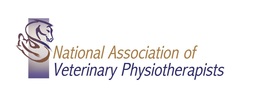
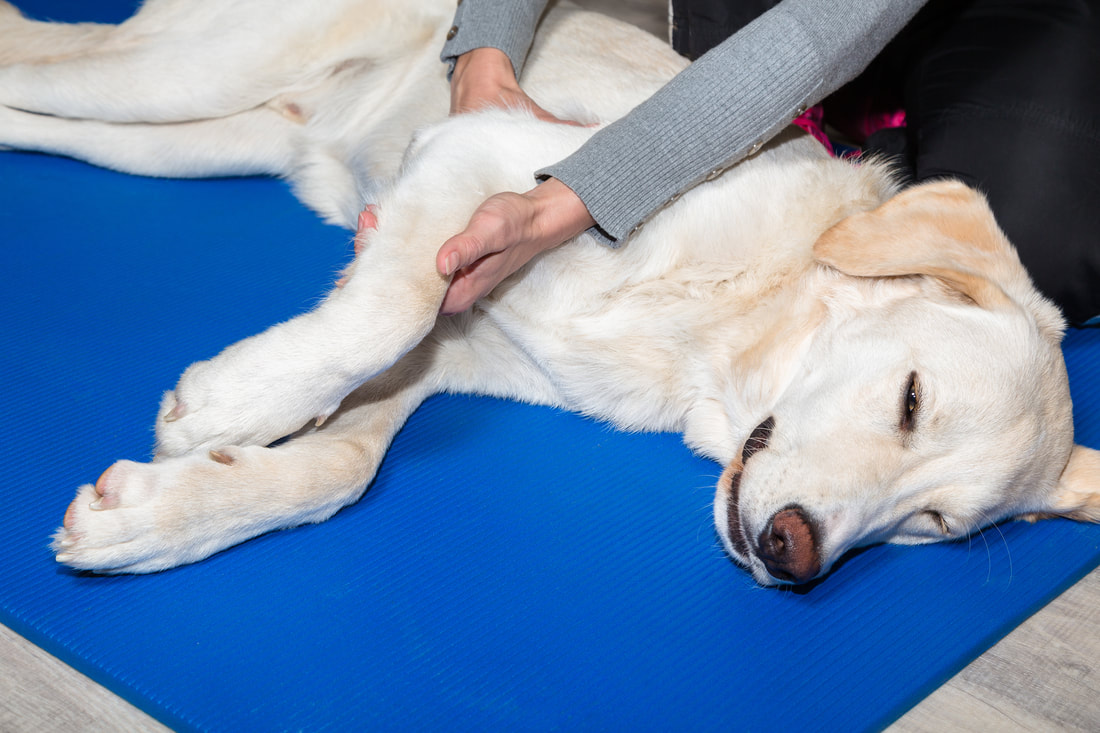
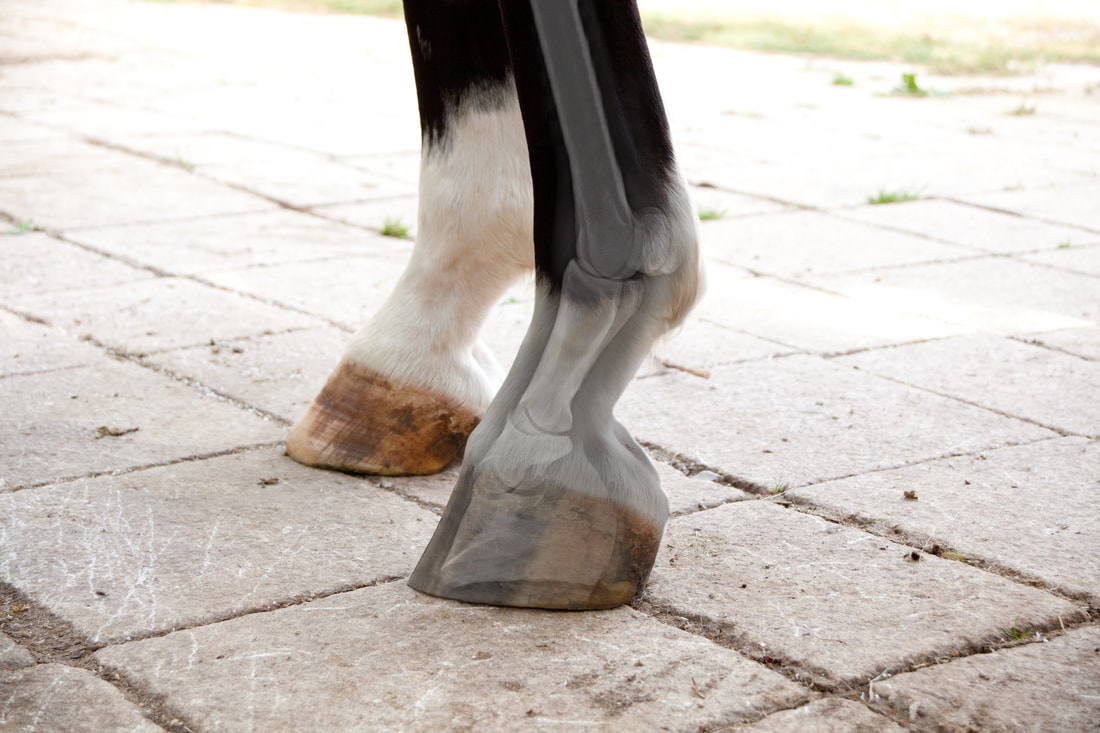
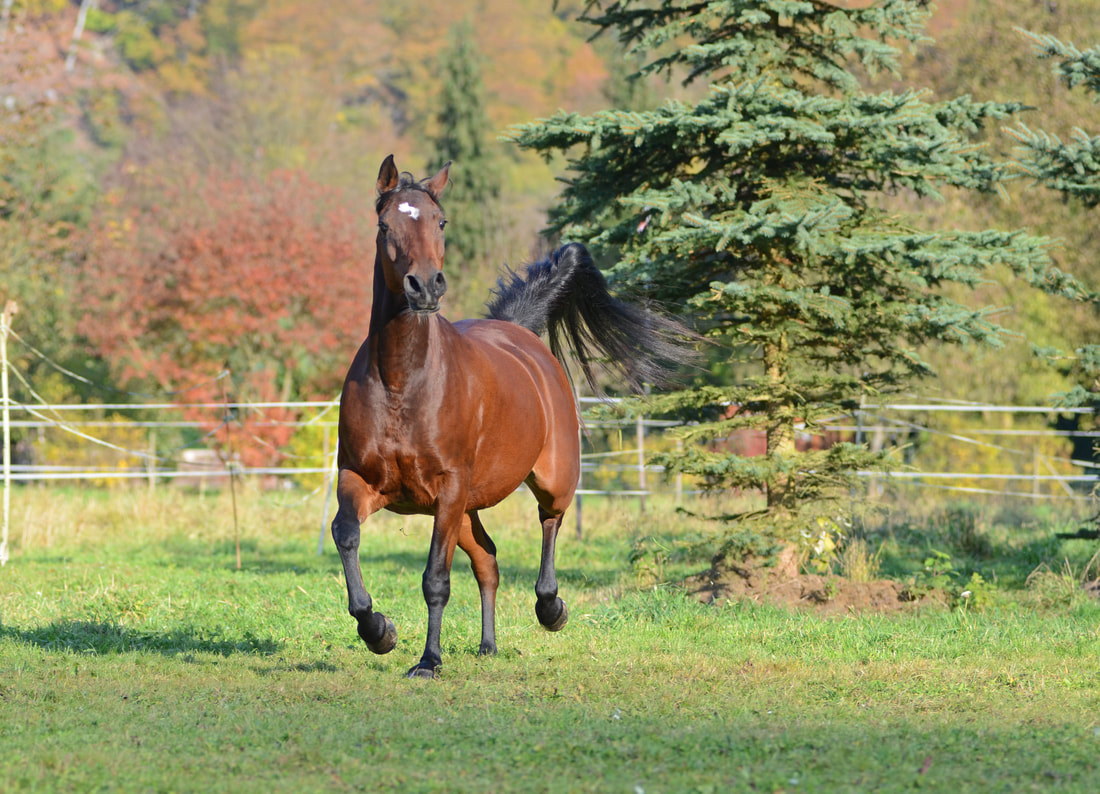
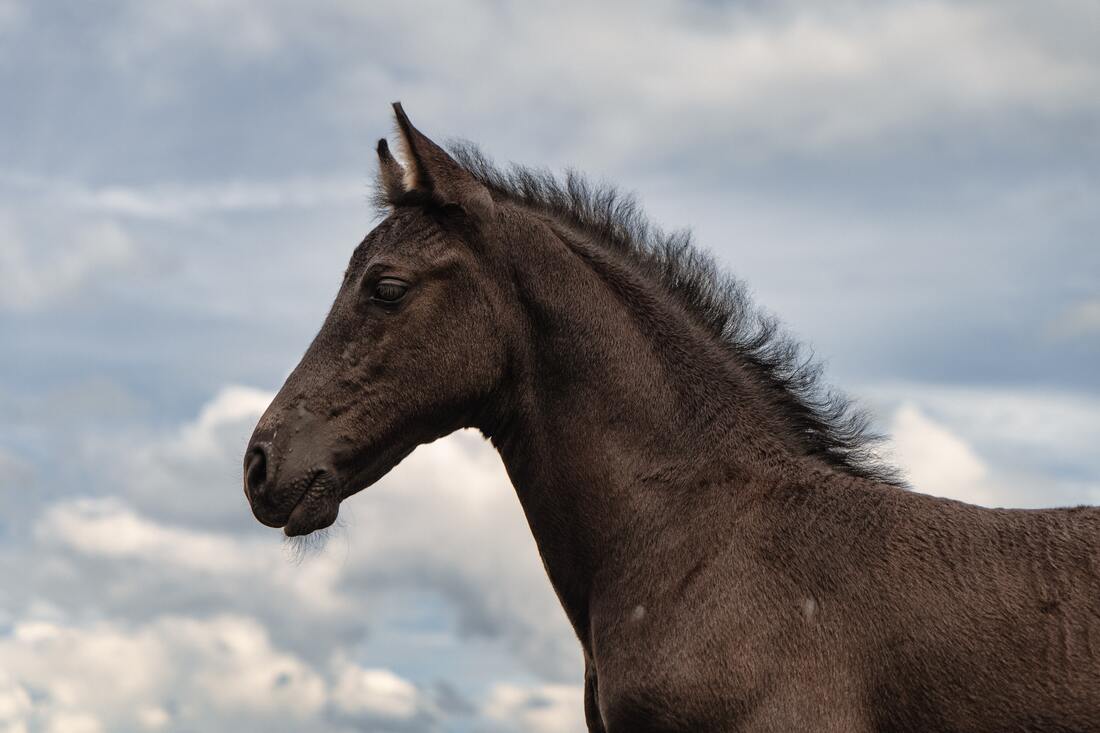
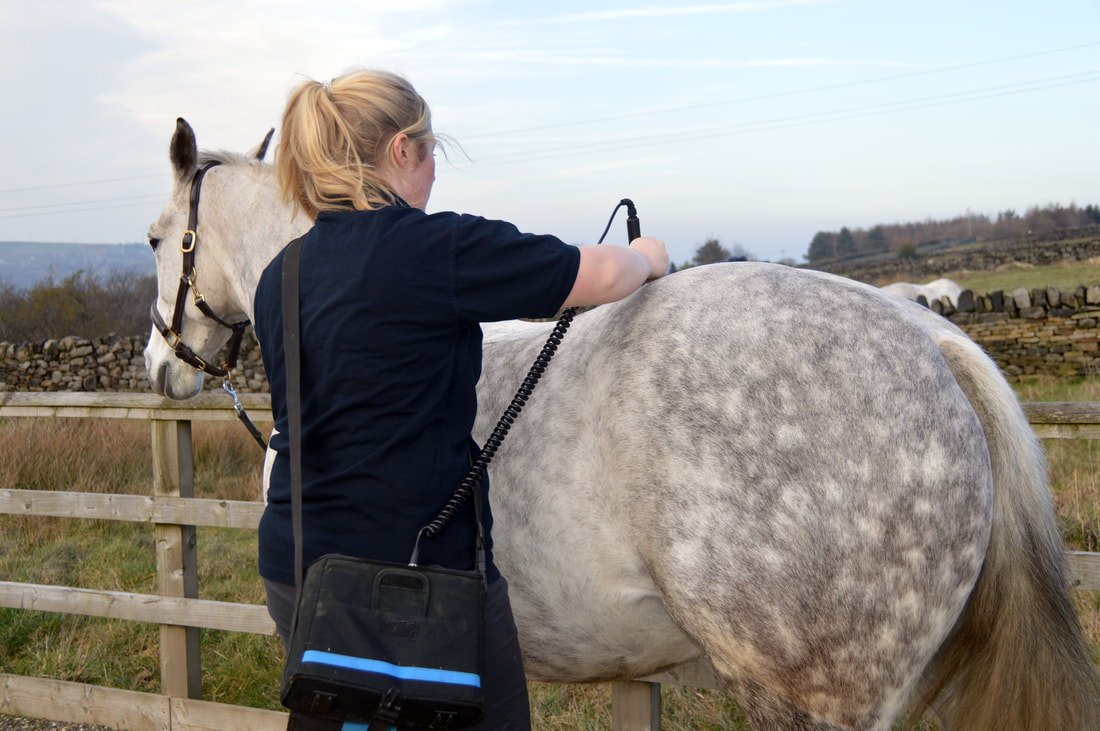
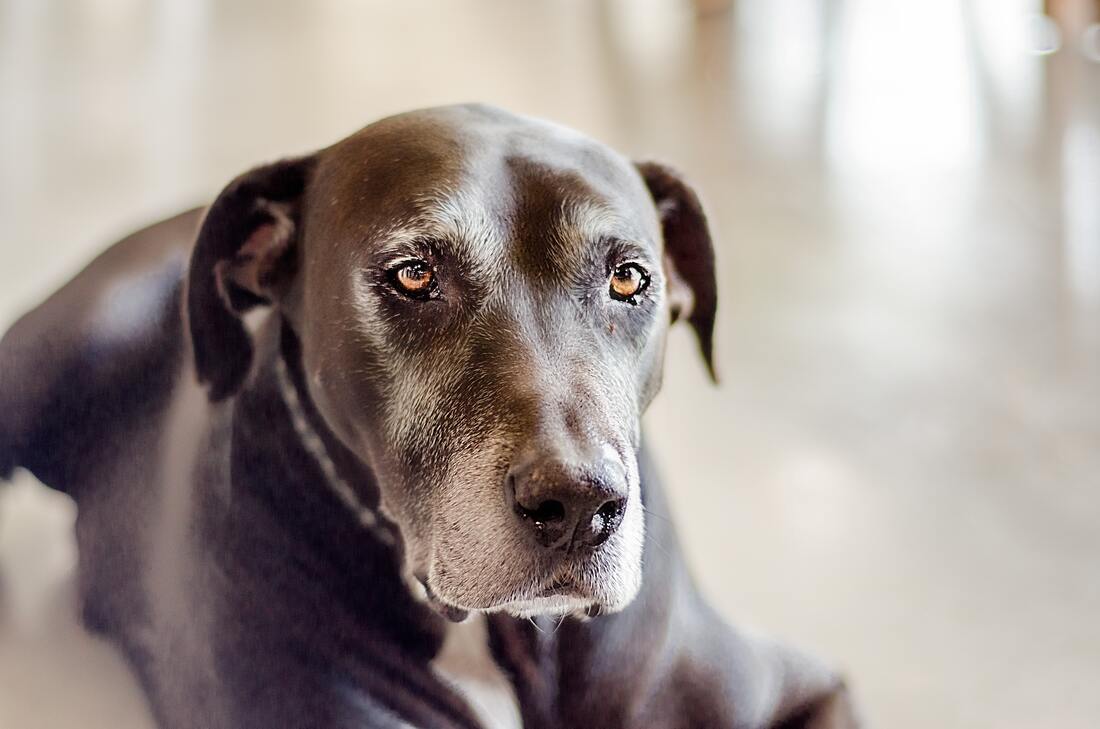
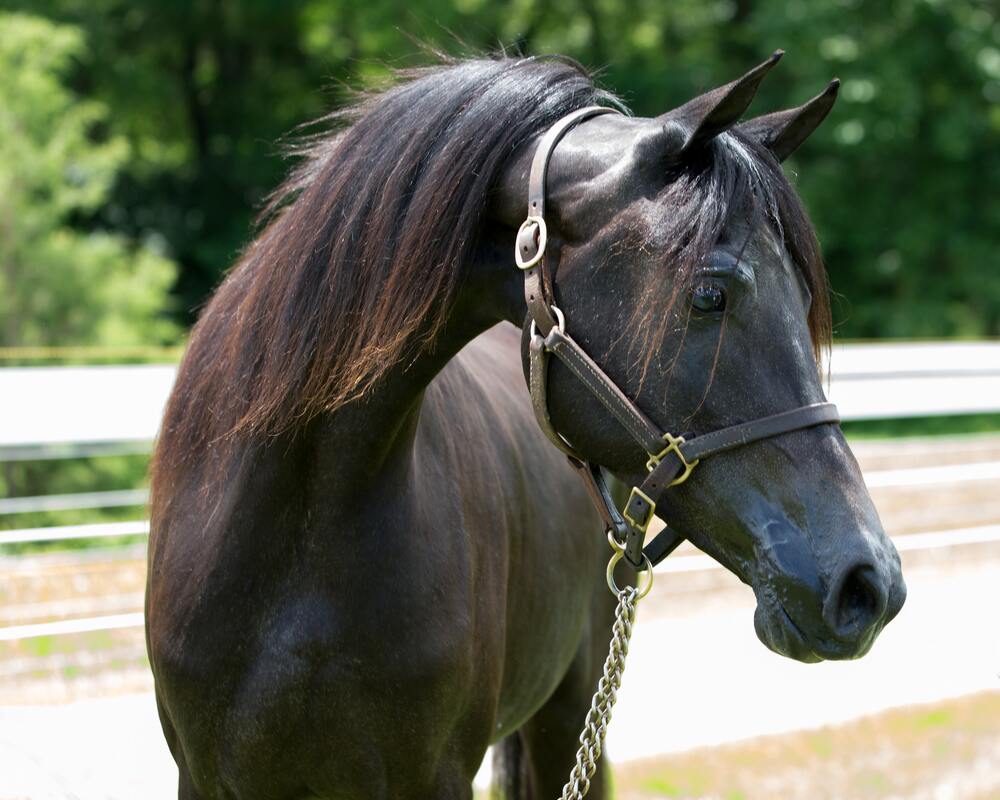
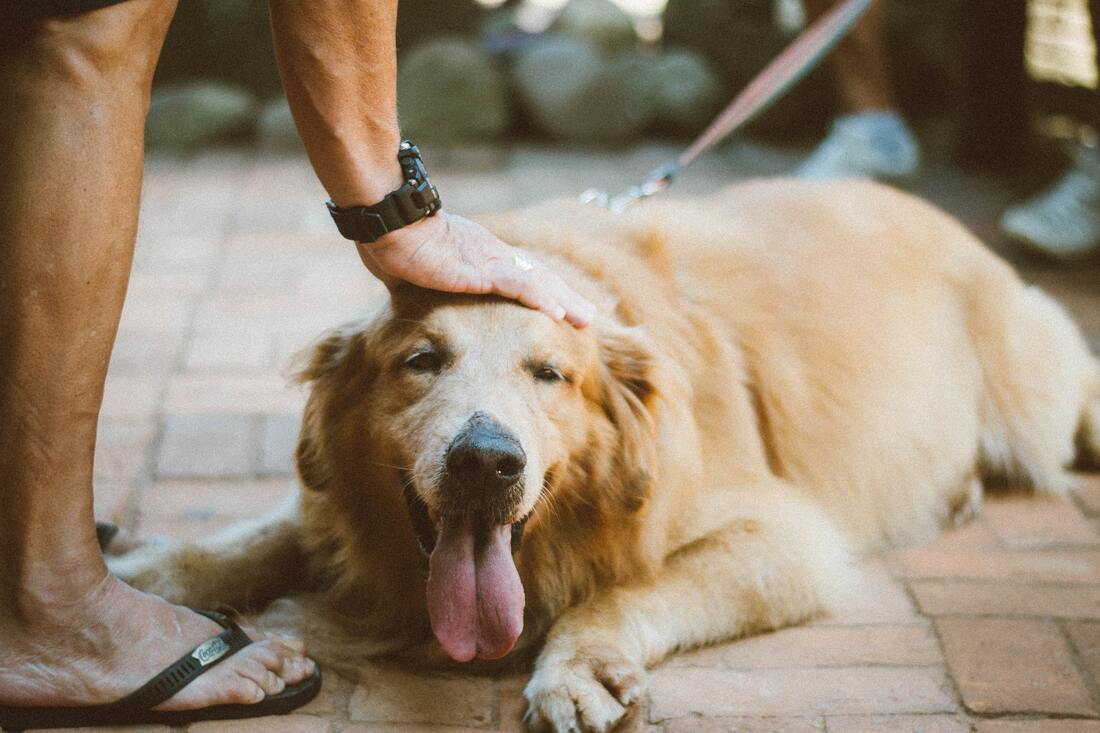
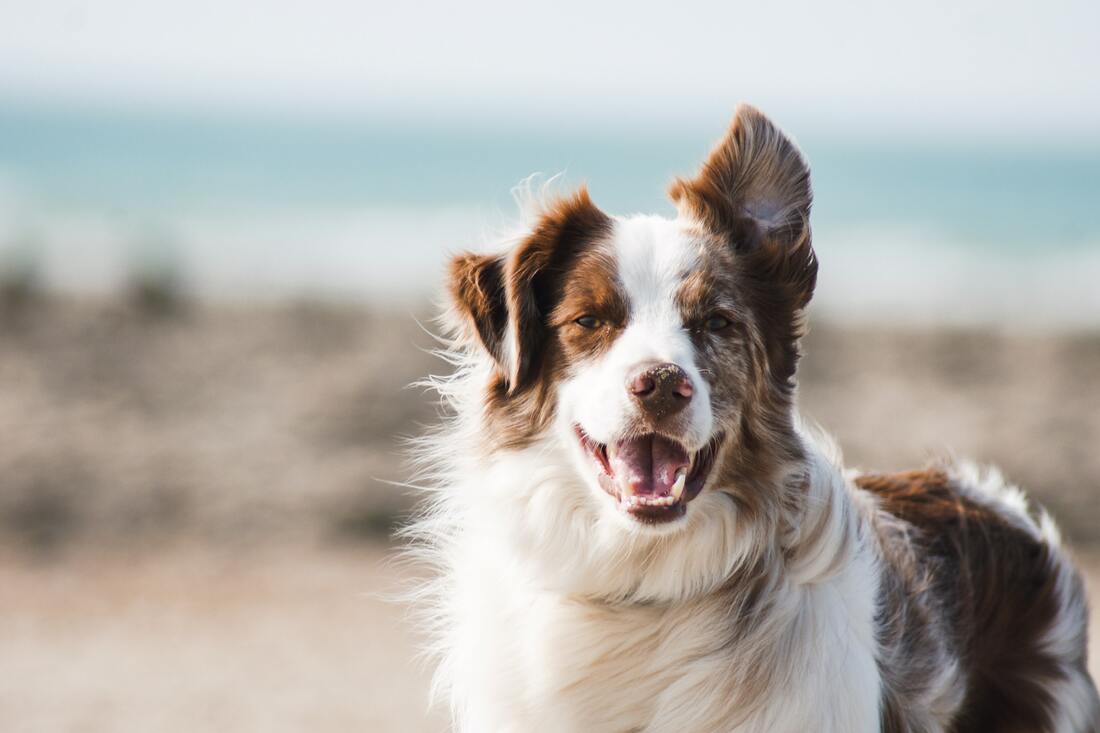
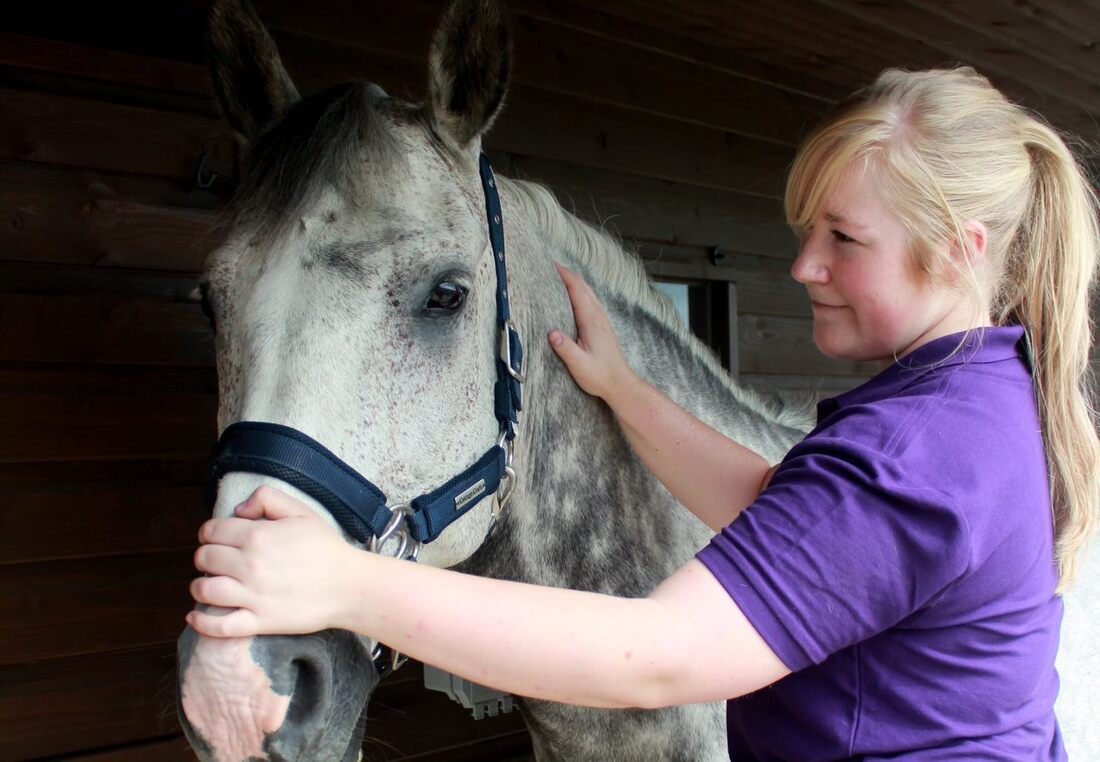
 RSS Feed
RSS Feed